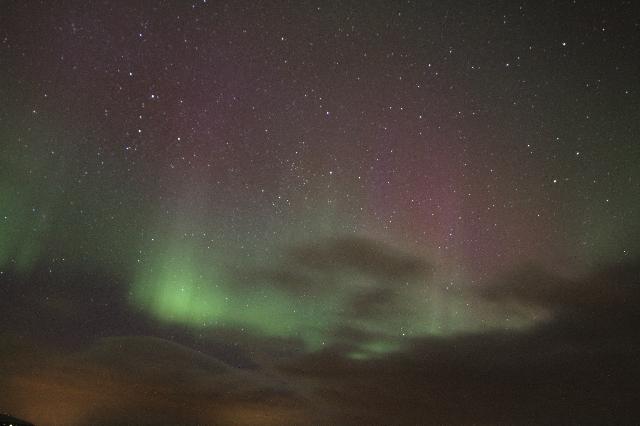Why does photography provide an improvement over naked-eye observations?
1 Answer
Photography allows images to be created which can't be seen with the naked eye.
Explanation:
The human eye is amazing. We can see a huge range of colours with incredible details.
The eye however does have some limitations:
- We can only see light in a very narrow range of the electromagnetic spectrum
- Our colour vision doesn't work too well at low light levels
- The eye can be damaged by very bright light
Photography can be used to overcome these limitations to produce some amazing images.
The Hubble telescope doesn't actually take colour photographs. It actually takes greyscale photographs through filters which only allow certain frequencies of light to pass. Many of these frequencies are invisible to the naked eye. These greyscale images are artificially coloured and overlaid to produce the most amazing images.
In low light conditions, the cones which give us colour vision don't work too well. A good example is viewing the aurora. As the eye is most sensitive to yellow/green light the aurora appear green most of the time. A long exposure photograph taken of the same event can capture reds and purples which the eye can't see. The photograph was taken in Iceland in March 2015. I only saw green, the camera captured more colours.

Notice the constellation of Cassiopeia in the upper left of the photograph.

